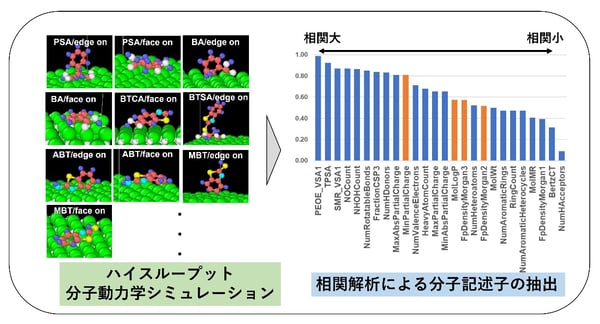2024-01-16 パシフィック・ノースウェスト国立研究所(PNNL)
◆深い対流とエアロゾルの相互作用を理解するためには、改善された観測とモデリングが必要であり、これには特にアップドラフト速度、ヒドロメテオルサイズ分布、熱力学的特性などが含まれます。
<関連情報>
- https://www.pnnl.gov/publications/gaps-evidence-aerosol-invigoration-storms-exposed
- https://acp.copernicus.org/articles/23/13791/2023/
意見:深層対流のエアロゾルによる活性化の証拠に対する批判的評価 Opinion: A critical evaluation of the evidence for aerosol invigoration of deep convection
Adam C. Varble, Adele L. Igel, Hugh Morrison, Wojciech W. Grabowski, and Zachary J. Lebo
Atmospheric Chemistry and Physics Published:06 Nov 2023
DOI:https://doi.org/10.5194/acp-23-13791-2023

Abstract
Deep convective updraft invigoration via indirect effects of increased aerosol number concentration on cloud microphysics is frequently cited as a driver of correlations between aerosol and deep convection properties. Here, we critically evaluate the theoretical, modeling, and observational evidence for warm- and cold-phase invigoration pathways. Though warm-phase invigoration is plausible and theoretically supported via lowering of the supersaturation with increased cloud droplet concentration in polluted conditions, the significance of this effect depends on substantial supersaturation changes in real-world convective clouds that have not been observed. Much of the theoretical support for cold-phase invigoration depends on unrealistic assumptions of instantaneous freezing and unloading of condensate in growing, isolated updrafts. When applying more realistic assumptions, impacts on buoyancy from enhanced latent heating via fusion in polluted conditions are largely canceled by greater condensate loading. Many foundational observational studies supporting invigoration have several fundamental methodological flaws that render their findings incorrect or highly questionable. Thus, much of the evidence for invigoration has come from numerical modeling, but different models and setups have produced a vast range of results. Furthermore, modeled aerosol impacts on deep convection are rarely tested for robustness, and microphysical biases relative to observations persist, rendering many results unreliable for application to the real world. Without clear theoretical, modeling, or observational support, and given that enervation rather than invigoration may occur for some deep convective regimes and environments, it is entirely possible that the overall impact of cold-phase invigoration is negligible. Substantial mesoscale variability of dominant thermodynamic controls on convective updraft strength coupled with substantial updraft and aerosol variability in any given event are poorly quantified by observations and present further challenges to isolating aerosol effects. Observational isolation and quantification of convective invigoration by aerosols is also complicated by limitations of available cloud condensation nuclei and updraft speed proxies, aerosol correlations with meteorological conditions, and cloud impacts on aerosols. Furthermore, many cloud processes, such as entrainment and condensate fallout, modulate updraft strength and aerosol–cloud interactions, varying with cloud life cycle and organization, but these processes remain poorly characterized. Considering these challenges, recommendations for future observational and modeling research related to aerosol invigoration of deep convection are provided.



